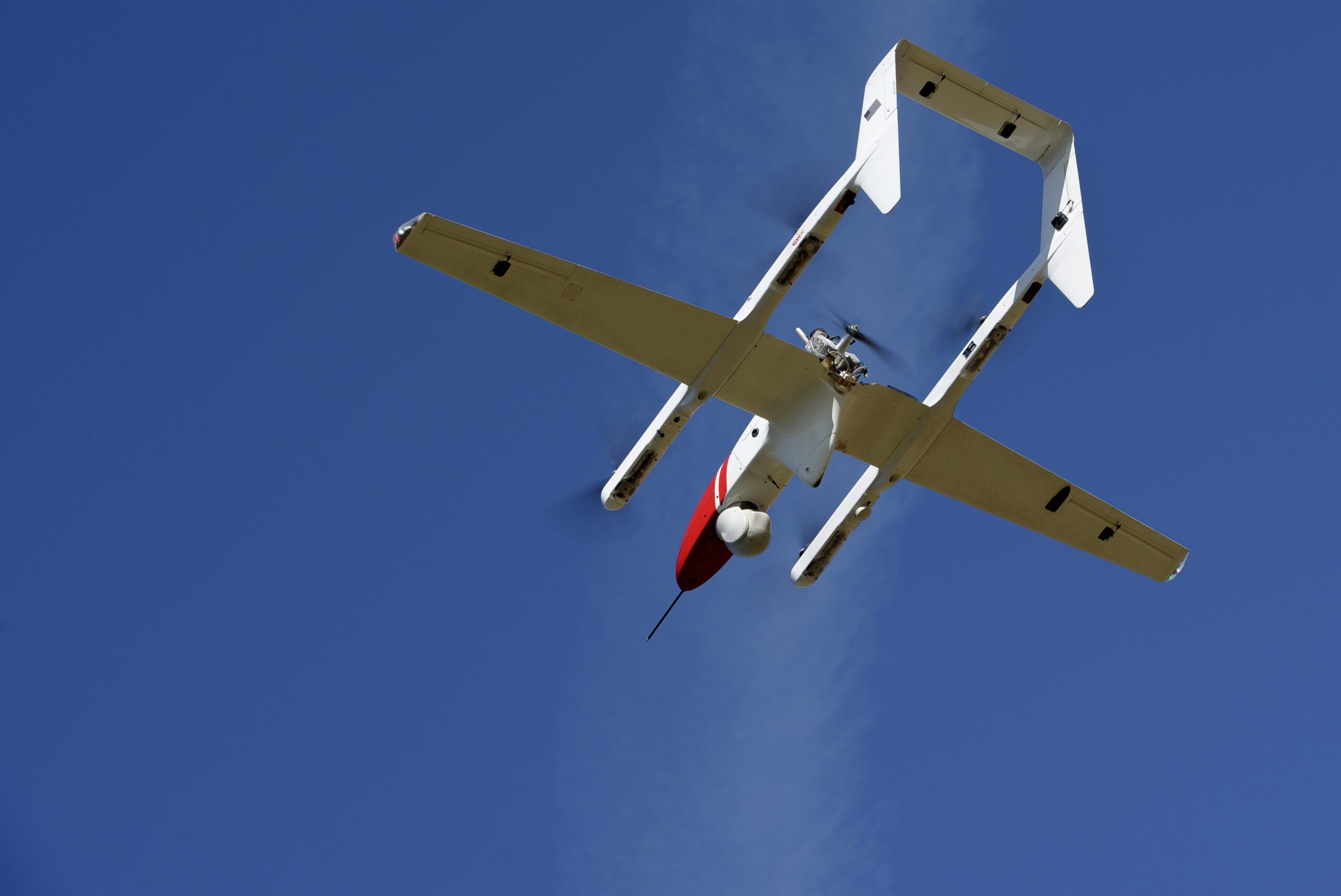Drones Take Center Stage in California’s 2025 Wildfire Response
Advanced technology helps agencies fight fires faster and safer
California’s 2025 wildfire season has pushed the state to expand its use of drones and other unmanned systems in firefighting. State and local agencies, along with research institutions and private companies, have adopted advanced drones to help detect, monitor, and suppress fires across the state.
CAL FIRE Expands Drone Operations
In 2025, CAL FIRE (California Department of Forestry and Fire Protection) doubled its use of drones as part of an effort to strengthen its aerial firefighting capabilities. According to the Governor’s Office, drones now play a key role in tasks like aerial ignition for controlled burns, real-time mapping of fire perimeters, and post-fire damage assessments.
One major use is drone-based aerial ignition. CAL FIRE and local fire departments deploy drones equipped with Plastic Sphere Dispenser (PSD) systems, such as the IGNIS system, to start controlled burns in hard-to-reach or dangerous areas. These drones drop small incendiary spheres that ignite on the ground, helping firefighters create firebreaks that slow the spread of wildfires.
High-Endurance Surveillance Drones: A New Use for Reapers
The California Air National Guard supports CAL FIRE with large, military-grade drones like the MQ-9A Reaper. These drones can fly above 30,000 feet for more than 27 hours and carry advanced sensors, including electro-optical, infrared cameras, and synthetic aperture radar. The MQ-9 Reaper provides real-time intelligence to incident commanders, helping them monitor fire behavior even at night or through heavy smoke.
Smaller Drones for Ground Support
On the ground, firefighters use smaller drones equipped with thermal cameras and optical zoom sensors to identify hot spots, inspect containment lines, and guide crews safely. These drones have proven valuable during high-risk operations and in post-fire inspections, improving safety and situational awareness.
Advanced Research and New Technologies
NASA’s Advanced Capabilities for Emergency Response Operations (ACERO) project is testing new drone technologies that could change the future of wildfire response. The project includes a hybrid VTOL drone known as SuperVolo, designed to operate in smoky and low-visibility conditions, including at night. The drone can transition from vertical takeoff to forward flight, offering longer endurance and more flexible operations.


NASA/Don Richey
ACERO also demonstrated a Portable Airspace Management System (PAMS), a field-deployable air traffic control tool that allows drones and crewed aircraft to operate safely in shared airspace. This system was successfully tested in March 2025 and may pave the way for more widespread nighttime drone operations.
Safety and Airspace Coordination
As drone use has increased, so have concerns over airspace safety. In early 2025, an unauthorized drone collided with a firefighting aircraft, highlighting the dangers of uncoordinated flights. California enforces strict rules and temporary flight restrictions (TFRs) over fire zones to prevent such incidents, reminding the public that “If you fly, we can’t.”
CAL FIRE operates its drones under strict coordination with air attack supervisors and other aerial resources to maintain safe operations. The state has also invested in advanced pilot training and new technologies to improve drone reliability and performance in challenging conditions.
California’s use of drones in 2025 shows how advanced technology can make wildfire response faster, safer, and more effective. From high-altitude surveillance to precision ignition and ground-level support, drones have become essential tools for protecting communities and natural resources. As climate change drives more intense fire seasons, investments in drone technology and unmanned systems will likely continue to grow, strengthening California’s overall firefighting strategy.


Miriam McNabb is the Editor-in-Chief of DRONELIFE and CEO of JobForDrones, a professional drone services marketplace, and a fascinated observer of the emerging drone industry and the regulatory environment for drones. Miriam has penned over 3,000 articles focused on the commercial drone space and is an international speaker and recognized figure in the industry. Miriam has a degree from the University of Chicago and over 20 years of experience in high tech sales and marketing for new technologies.
For drone industry consulting or writing, Email Miriam.
TWITTER:@spaldingbarker
Subscribe to DroneLife here.

